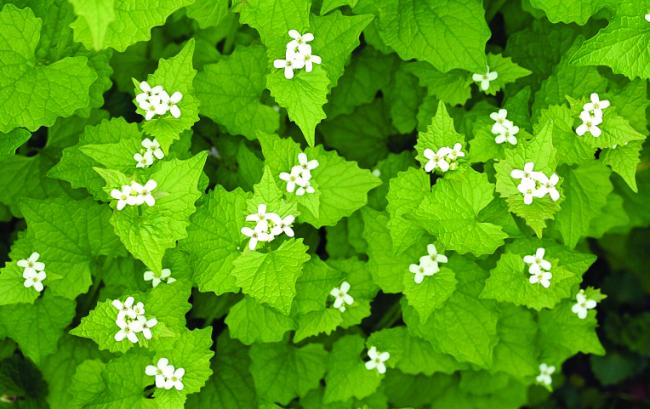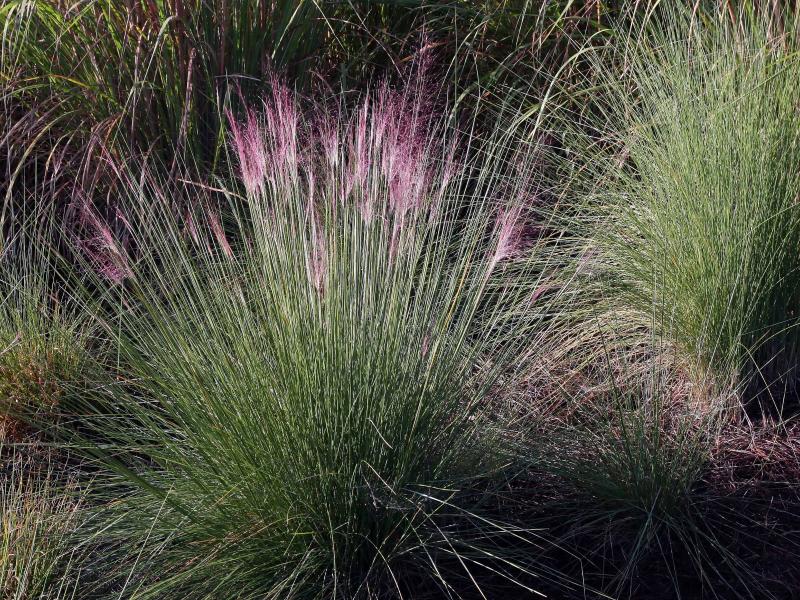Wildlife Section biologists and traditional ecological knowledge specialists work with the Voigt Intertribal Task Force, various other agencies, and tribal members to provide expertise in the off-reservation management of wildlife including furbearers, flyers, fish, four leggeds, & wild plants.
GLIFWC’s Wildlife Section is concerned with the lands and waters within the 1836, 1837, 1842, and 1854 treaty-ceded territories and the wildlife and wild plants living there. The Section serves as the primary source of management and research expertise for these resources on behalf of GLIFWC’s member tribes.
Our forest ecology staff work closely with US Forest Service to provide guidance, project review, and liaison work between the two organizations to ensure the best practices are in place to support and bolster the Memorandum of Understanding.

GLIFWC’s Forest Ecology Program focuses on providing expertise and personnel needed to further implement Treaty Reserved Rights on forested public lands across the Ceded Territories. GLIFWC employees work with multiple government agencies to integrate tribal perspectives into forest management to protect and enhance treaty resources, as well as the landscapes that support them. All cooperative efforts aim to be biologically sound and culturally appropriate to preserve the integrity of the environment and the traditional values it holds. GLIFWC's Forest Ecologists work to encourage collaboration between the Tribes, GLIFWC, and other agencies, to discuss forest management, harvesting practices, research, and other forest-related uses.
GLIFWC continuously assesses the current state of Ceded Territory forests, identifying management gaps, and understanding how forests are currently being managed by various entities. These assessments help develop research projects and monitoring programs to address the concerns and needs identified by tribal communities. This is achieved by working closely with TEK knowledge holders and Tribal Natural Resource Programs to incorporate both traditional and scientific knowledge into forest management practices. Ecologically sound landscapes are achieved by developing planning teams with other tribes and agencies, ensuring that tribal perspectives are considered in forest management decisions.
By fostering collaboration and incorporating both modern and traditional ecological knowledge, the program supports the ongoing stewardship of the lands and resources that are vital to tribal communities. If you are interested in learning more or would like to get involved, please reach out to the Forest Ecology Program Coordinator, Travis Swanson.

Wildlife health refers to the overall well-being of animal populations, including their physical, behavioral, and ecological health. It encompasses monitoring diseases, parasites, and environmental stressors that can affect species survival and ecosystem stability. Chronic Wasting Disease (CWD) is a prime example of a wildlife health issue, affecting cervids like deer, elk, and moose. CWD is a neurodegenerative disease caused by prions that leads to fatal neurological damage in infected animals. It poses significant concerns not only for animal populations but also for wildlife management and ecosystem health, as it can spread rapidly and impact biodiversity. Understanding and managing such diseases is critical for preserving wildlife and preventing ecological disruptions.

GLIFWC's mission statement includes a directive to “protect ecosystems in recognition that fish, wildlife and wild plants cannot long survive in abundance in an environment that has been degraded.” The degradation of native ecosystems by invasive species poses a serious threat to the continued exercise of treaty-reserved rights and the traditional lifeways they sustain.
For this reason, GLIFWC’s invasive species program has set goals and objectives for education outreach, early detection/rapid response, control and management, and coordination of these activities with tribes, government agencies, and groups. These activities have expanded over the years to address the growing impacts of invasive species on Ceded Territory resources.
Steve Garske, Invasive Species Coordinator
Both are insects related to aphids or “plant lice,” and live on the stored nutrients of hemlock trees.
Introduced species can negatively impact plants, wildlife, livestock, and humans. For example, garlic mustard can outcompete many native plant species, such as spring ephemerals in wooded floodplains.
Non-local being could mean trouble for peatlands, fens and other natural habitats
Furbearers are mammals that are hunted or trapped primarily for their fur due to its commercial value. Common furbearer species that live in the ceded territories include beavers, coyotes, raccoons, muskrats, skunks, fishers, otters, bobcats, foxes, and weasels among others. Many tribal members trap furbearer species for their furs and other parts of the animal to be used for ceremonies, food, clothing, and medicines. During the tribal furbearer trapping season, GLIFWC wildlife staff assist member tribes in implementing their treaty rights to harvest in the ceded territories and assist in furbearer stewardship and research.
Staff issue permits, communicate harvest regulations, and help keep track of several species of furbearers harvested off-reservation, specifically gidagaa-bizhiw (bobcat), ojiig (fisher), nigig (otter), and waabizheshi (marten) during the tribal furbearer season.
GLIFWC also conducts research to learn more from our furbearing relatives. These studies allow staff to better understand habitat preferences, survival, population persistence, and movements of wildlife, so that GLIFWC may be better stewards and caretakers.

GLIFWC’s Wildlife Section also assists tribes in developing federally approved migratory bird hunting regulations in the 1836, 1837 and 1842 ceded territories in Michigan, Wisconsin, and Minnesota. Migratory bird harvests are monitored periodically to assess participation and overall harvests. This monitoring takes place via mail and phone surveys to licensed migratory bird hunters.
The Wildlife Section cooperates with tribal and other partners to propose and implement wetland and waterfowl habitat restoration and enhancement projects, especially those that integrate waterfowl and wild rice habitat improvements.
Follow these quick links to our most current regulations pages.
Hunting
Fishing
Trapping
Camping
Gathering


